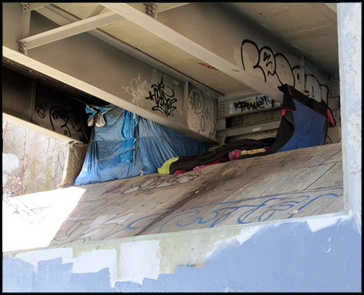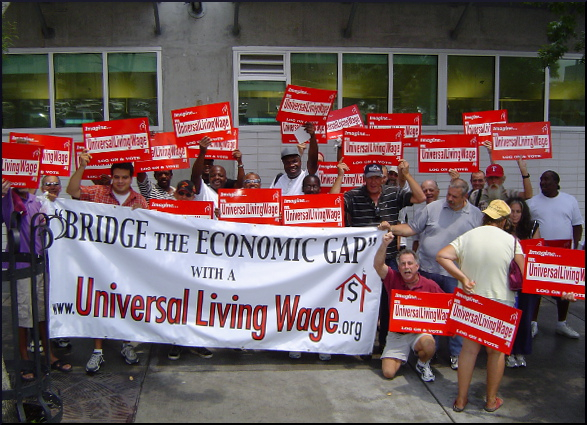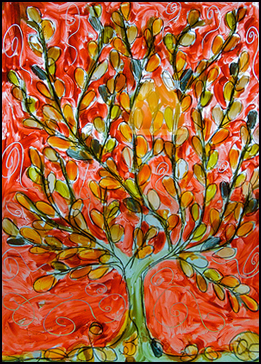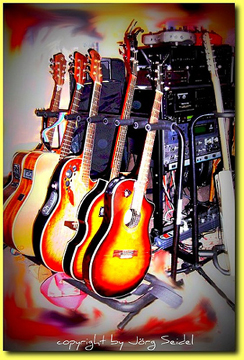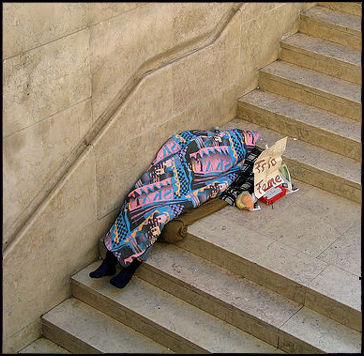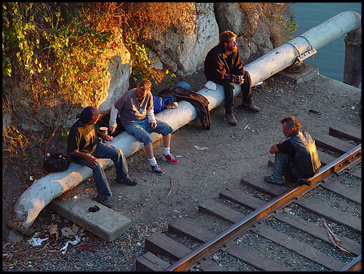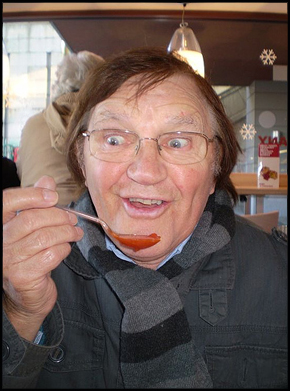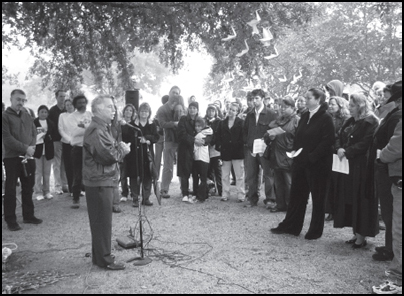
Change.org is a website where you go to sign petitions, or to start a petition, and to learn from the informative articles why it would be a good idea to support each cause that has a petition attached. The site covers a dozen general areas including animals, criminal justice, education, environment, gay rights, health, human rights, human trafficking, immigrant rights, poverty in America, sustainable food, and women’s rights.
Under the heading of Poverty in America, there’s a recent piece by Josie Raymond, a Change.org editor, whose beat is usually the South Bronx. She has titled it: “Sitting Is Now Illegal in San Francisco. Next up: Breathing.” A bit sarcastic? Maybe not. No doubt there are citizens who, if they could figure out a way to do it, would deny the privilege of breathing to people experiencing homelessness.
Is this San Francisco, California, law aimed at people experiencing homelessness? Well, duh. Who else sits on sidewalks, except the occasional child having a tantrum? Presumably it’s okay to sit on a chair, on a sidewalk. Otherwise, a lot of upscale cafés would be out of business.
Speaking of business, Raymond notes that the “Yes on L” group raised $280,000 for its campaigning efforts. Wow, that’s a lot of dough. How many tents or socks or hot meals could that money have bought? How many folding chairs could it have bought? There’s an idea — supply a portable chair for each person experiencing homelessness so they could be in compliance.
On a purely practical basis, the money would have been better spent taking homeless people to the bus station and buying them tickets to the destinations of their choice. At least a fair percentage might have someplace to go that would actually welcome them, a friend or relative willing to help out, if only they could get there.
And many others would wind up elsewhere, unable to afford the price of a return ticket, and become some other city’s problem. As long as we’re being sarcastic: As the bus pulled away, the farewell committee could wave and shout, “Just don’t leave your heart in San Francisco!”
Who would have imagined that sitting could be outlawed? And, of all places, in San Francisco, where, within living memory, they used to wear flowers in their hair? Yet here, in all its ugly reality, is news of how the city by the bay has voted for Proposition L, informally known as the sit-lie ordinance. No sitting on any sidewalk between 7 o’clock in the morning and 11 o’clock at night.
Raymond gets into the interesting details, such as the fact that sitting and lying on sidewalks is okay during the nighttime hours. She writes,
So everyone’s admitting they’re ok with homelessness to the point of people sleeping on the sidewalks, as long as the homeless wake up and move along by rush hour?
Apparently so. Imagine the gratitude in the hearts of the dispossessed, who are allowed the generous boon of being permitted to sit on a sidewalk between 11 PM and 7 AM. What a magnanimous gesture!
Despite the fact that the Mayor and the Chief of Police supported this ordinance, San Francisco isn’t all bad, of course. It has some great programs going, like Project Homeless Connect, and the people experiencing homelessness have a strong local advocate in Craig Newmark.
Rev. Billy Wirtz has been out there demonstrating against Proposition L, and the organization Sidewalks are for People has not given up. It is planning a citywide action on December 18, and encourages all interested parties to sign up at its Facebook page. This is peaceful protest. Folks are urged to get out there and play hopscotch, paint watercolors, share tea with their neighbors, have a game of chess, or do any other creative activity that claims the sidewalks as the rightful place for human beings.
This group thinks public spaces are safer when people use the sidewalks and other areas in ways that express the diverse and vibrant culture of the city. Here’s what they proclaim:
We believe in freedom of expression, the right to peaceably assemble, and the pursuit of happiness on our sidewalks!…We think it’s a terrible idea to criminalize the act of sitting in public space and we’re quite sure it’s a violation of our constitutional rights. We intend to challenge Prop L in the courts.
Reactions?
Source: “Sitting Is Now Illegal in San Francisco. Next up: Breathing,” Change.org, 11/03/10
Source: “Sidewalks are for People Day: SAT 12/18,” Sidewalks Are For People, 11/24/10
Image by Franco Folini, used under its Creative Commons license.

